Google Nest, Apple Pay, holograms, robots and connected homes lead us to the future
We have the technology to fully connect homes, fill the sky with drones and make payments with a watch. Are you ready?
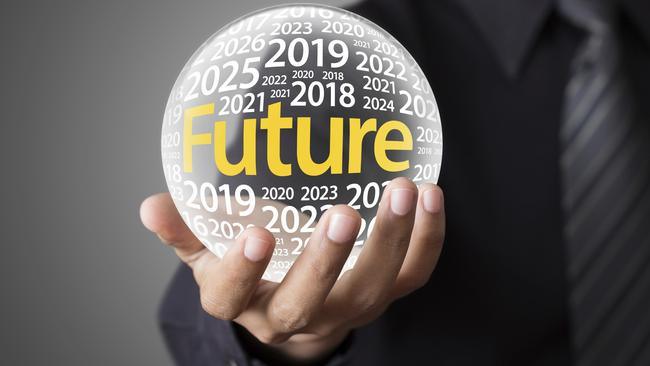
Fancy attending a Whitney Houston concert?
Don’t concern yourself that the singer died nearly four years ago. For better or worse, hologram concerts by dead stars are on the agenda and a Houston virtual world tour is imminent, says organiser Hologram USA.
This year we witnessed a Stephen Hawking hologram lecture at the Sydney Opera House, and 2016 looms as a big one for hologram concerts and lectures thanks to a partnership between tech company ARHT Media and Success Resources Global, with a stable of high-profile clients such as Richard Branson and Bill Clinton.
Given the success of Narendra Modi’s hologram appearances at last year’s election in India, expect to see hologram speeches during next year’s US presidential election campaign. Holograms may manifest at the Rio Olympic Games as well. After London, an International Olympic Committee report suggested events could be projected from one stadium to another by 2024.
Holograms, virtual reality and augmented reality will be growth areas for tech next year. In general, we will see technology that already is embraced by some become more refined and widely adopted.
We’re in for an exciting year as, with concepts we have today maturing. Technology for driverless cars, drones, 3-D 360-degree cameras, 3-D printing, robotics, home automation, sensor technology and the internet of things will be that much better.
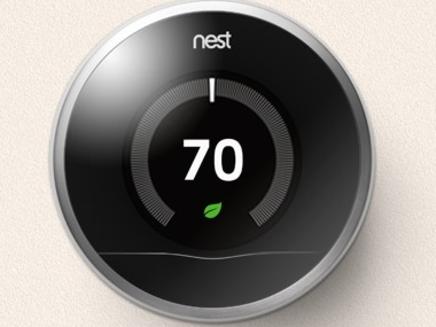
Take the connected home. In Australia, it’s in the early stages. Sure, we can buy and install security cameras that send images and video of intruders to a smartphone, monitor a baby by camera, switch on lights with Philips Hue or watch television you recorded from across the world.
Next year we’ll see more fully connected home systems, with the climate in all rooms controlled through a Google Nest or Ecobee3 device, where you program exactly which lights, airconditioners and heaters are active when you arrive home or wake up. Internet-connected door locks that text you with details about who is entering and leaving your home will be more common. And everything will start to work together.
We’re finally seeing a rollout of HomeKit, Apple’s automated home system, with accessories that connect to it. We should see HomeKit in full swing by this time next year. They’ll be plenty of rival systems such as Samsung SmartThings. Using internet-connected device to monitor power usage throughout your home will also be popular. And when you buy your next airconditioner or washing machine, it is increasingly likely to be internet connected.
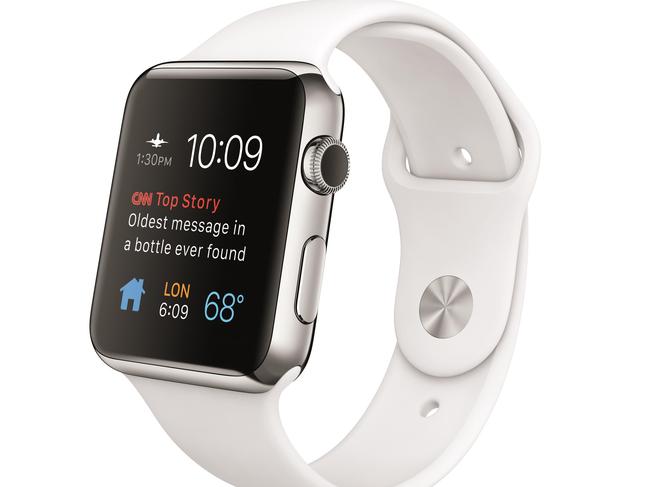
Still in its infancy, smartphone and smartwatch payments will be more common. Here, you can use an Apple Watch to pay by American Express. Expect other credit card offerings to follow. Tap and pay systems that use a phone, such as Commbank and Westpac on Android devices, will be more common. Watch payments should follow. More cafes and stores will take orders on tablets that also process payments.
The broad take-up of smartwatches is far from assured, so we should see big revisions to current models in an attempt to snare more buyers.
Expect a refined Apple Watch 2 with better battery life, maybe with a FaceTime camera for video calls, and less reliance on a paired phone for some functions. Samsung’s Gear S2 receives notifications by Wi-Fi when the watch isn’t paired. Hopefully Google will overhaul the Android Wear operating system, whose menu system is cumbersome by comparison. Stylish Android Wear watches by LG and Huawei could be winners next year.
Apple’s Tim Cook has hinted at a parallel watch-like health device packed with sensors. Whether this materialises or not, we’ll start to see sensors packed into mobiledevices and on walls and door handles in offices that measure air quality, track dangerous gases and pollutants, even biological agents such as the flu. Panorama Synergy, which works with the University of Western Australia on such technology, says spectrometer sensors on phones will analyse the freshness of fruit and vegetables at the supermarket.
Cars with assistive technologies will be a huge development as we head towards driverless vehicles. Next month, at the annual global Consumer Electronic Show in Las Vegas, 10 carmakers will showcase such technologies: Audi, BMW, Chrysler, Ford, GM, Hyundai, Mazda, Mercedes, Toyota and Volkswagen. Sensors that trigger steering, change lanes, brake to avoid objects and warn of opening a door into oncoming traffic will become common. Electric car company Faraday Future is due to launch on January 4.
It’s not only cars that will get smarter. Heads Up Display helmets for motor bikes such as Skully AR-1 are on the horizon. Cyclists can use an increasing array of hi-tech safety gear such as Garmin’s Varia rear-view radar, which warns cyclists of approaching vehicles.
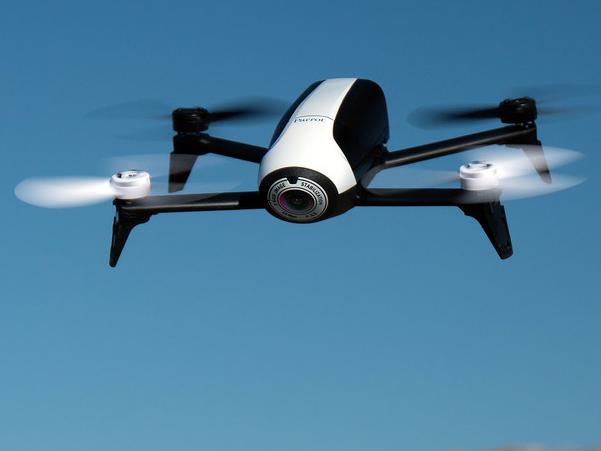
Domestic robots such as Amazon Echo will roll out. It’s a speaker-like device you can put in the kitchen and chat to. Tell it you’re out of eggs and milk, and it will add them to your shopping list. You can access an app with all your shopping items when at the supermarket. Humanoid robots such as SoftBank’s Pepper also may become available here next year. They are companion-like, a big step up from the Tamagotchi of 20 years ago.
We’ll see more consumer drones in the skies. They won’t be just the iconic Parrot and DJI drones of 2014-15, and the plethora of mini drones available now. We’ll see a camera drone from GoPro, possible one by Sony in partnership with a Tokyo robotics company, and others by Google and Amazon aimed at delivering goods. The competition to get these to market is fierce. We’ll hear more of Facebook solar-powered drones that aim to bring the internet to remote regions. And we’ll see more drones being used for commercial purposes locally.
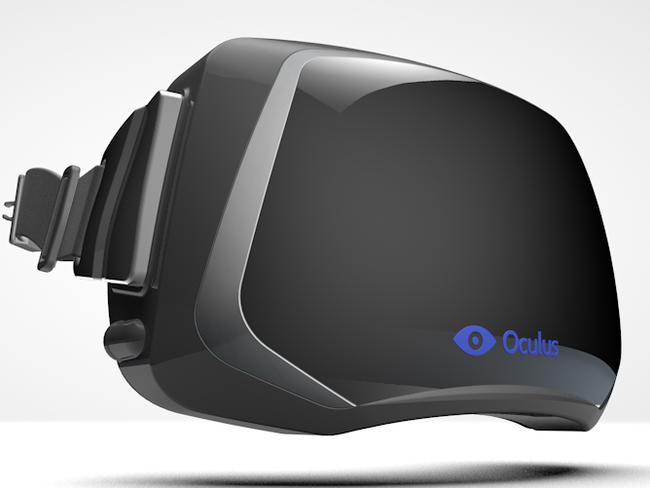
Virtual reality will be another enormous growth area with Facebook-owned Oculus VR finally releasing the Oculus Rift headset, and Sony’s PlayStation VR headset. Sony may dominate this space, with its capacity to leverage a huge amount of VR gaming content. The delay this year in the release of Valve’s Steam VR headset, made in conjunction with HTC, means we’ll expect to see it next year.
The development edition of Microsoft’s HoloLens augmented reality viewer is due early next year. VR is not only about gaming. Paris-based 3-D software specialist Dassault Systemes is developing software that will let help surgeons plan heart operations using 3-D models of real hearts. Medical applications will abound.
In the smartphone market, the bugbear is still the limitations of battery life. It’s why smartphones are not even more sophisticated and powerful. Manufacturers at least are making batteries easier to charge. Huawei demonstrated charging a 600mAh battery to 68 per cent in two minutes. Expect to see fast-charging to catch on across brands. More phones and computers will use biometrics such as fingerprint, iris and face authentication for unlocking and logging in. It’s here now
Next year we will also see yet more new line-ups of phones, more activity monitoring and fitness bands and widening use of professional 3-D printing in areas such as printing prosthetics.
4K films, with incredibly fine cinema quality resolution, but modified to fit home theatre screens, will increase in availability thanks to film studios such as 20th Century Fox. Then there’s the rollout of Tesla Powerwall home batteries, bids to provide more live TV services online, and much, much more.
There’s always a chance of the unpredictable — perhaps a big new processor to revolutionise computing. Or another iPhone moment that changes everything may be around the corner, and we don’t even know it.



To join the conversation, please log in. Don't have an account? Register
Join the conversation, you are commenting as Logout